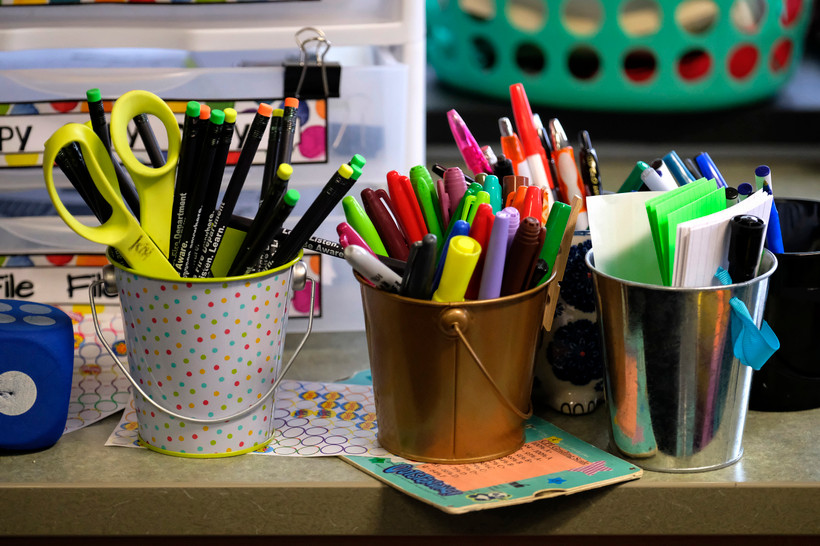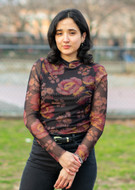Are You a New York Teacher Spending Your Own Money on School Supplies?
We’re collecting stories from teachers across the state.

This project was produced in partnership with Chalkbeat New York.
We’re collecting stories from teachers across the state.

This project was produced in partnership with Chalkbeat New York.
At New York Focus, our central mission is to help readers better understand how New York really works. If you think this article succeeded, please consider supporting our mission and making more stories like this one possible.
New York is an incongruous state. We’re home to fabulous wealth — if the state were a country, it would have the tenth largest economy in the world — but also the highest rate of wealth inequality. We’re among the most diverse – but also the most segregated. We passed the nation’s most ambitious climate law — but haven’t been meeting its deadlines and continue to subsidize industries hastening the climate crisis.
As New York’s only statewide nonprofit news publication, our journalism exists to help you make sense of these contradictions. Our work scrutinizes how power works in the state, unpacks who’s really calling the shots, and reveals how obscure decisions shape ordinary New Yorkers’ lives.
In the last two decades, the number of local news outlets in New York have been nearly slashed in half, allowing elected officials and powerful individuals to increasingly operate in the dark — with the average New Yorker none the wiser.
We’re on a mission to change that. Our work has already shown what can happen when those with power know that someone is watching, with stories that have prompted policy changes and spurred legislation. We have ambitious plans for the rest of the year and beyond, including tackling new beats and more hard-hitting stories — but we need your help to make them a reality.
If you’re able, please consider supporting our journalism with a one-time gift or a monthly gift. We can't do this work without you.
Thank you,


Governor Hochul’s budget allocates only a fraction of what the state Board of Regents suggested for three state-owned Indigenous schools.
They want to beef up the powerful but little-known State Commission of Correction.
Nantwi’s cellmate, the only incarcerated witness in the room as guards allegedly killed the 22-year-old, speaks out for the first time.
A New York Focus investigation finds that the state can take up to seven years to resolve complaints against educators.
The governor’s proposal could leave 24 districts with less Foundation Aid than expected. The one-house budgets aim to fix that.
New state education rules will cut funding to private schools that can’t provide the same level of education as public schools. The ultra-Orthodox community is fighting back.